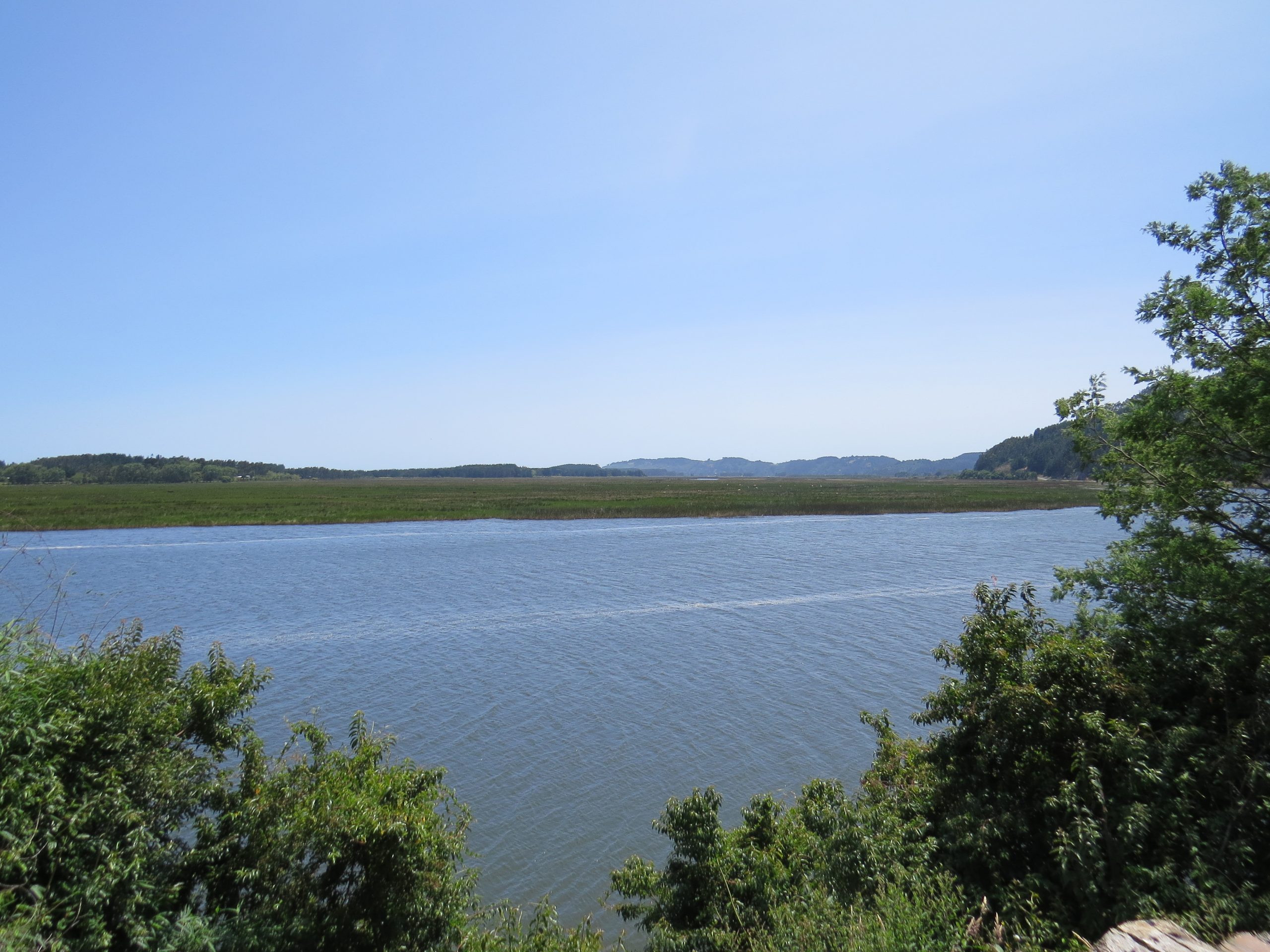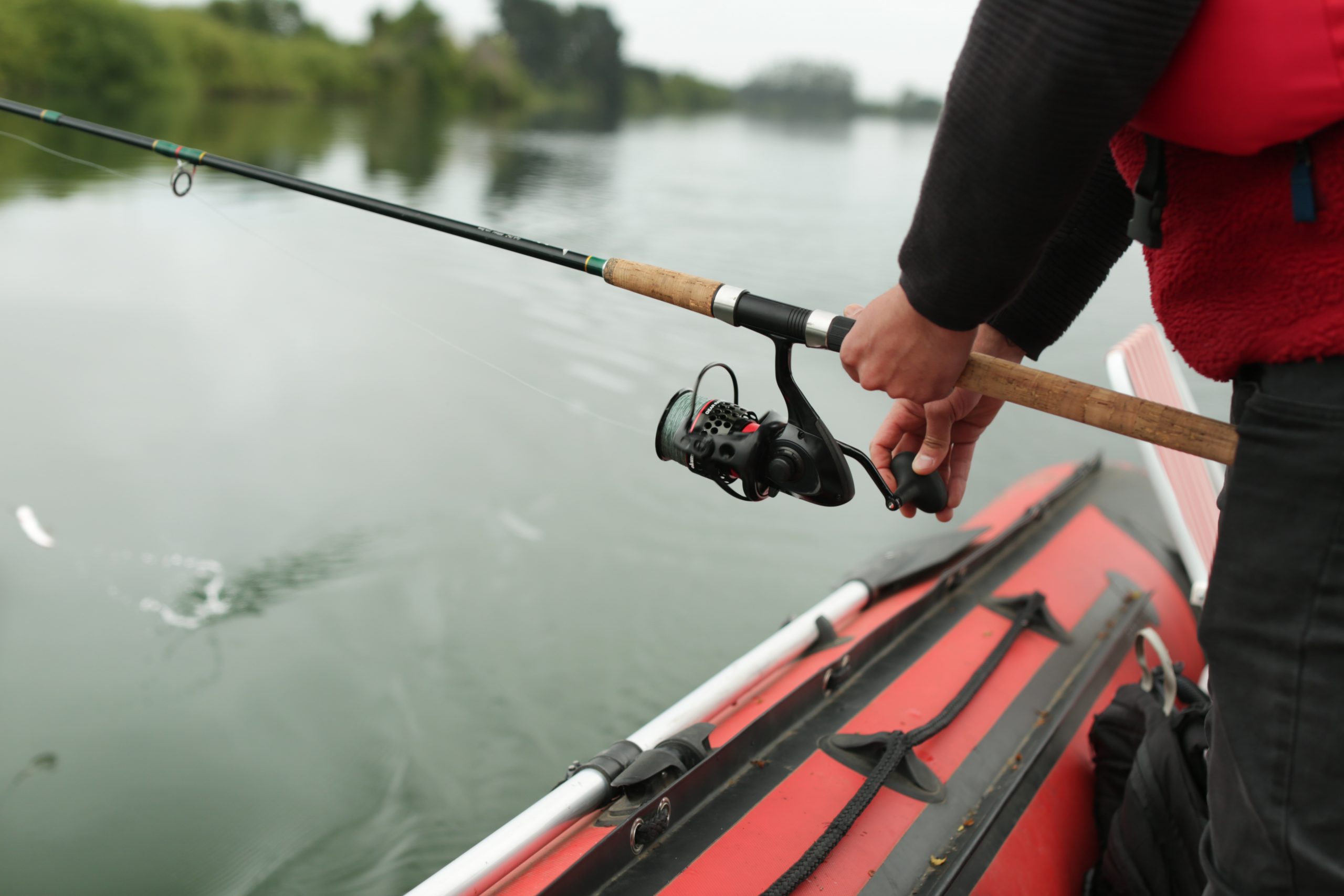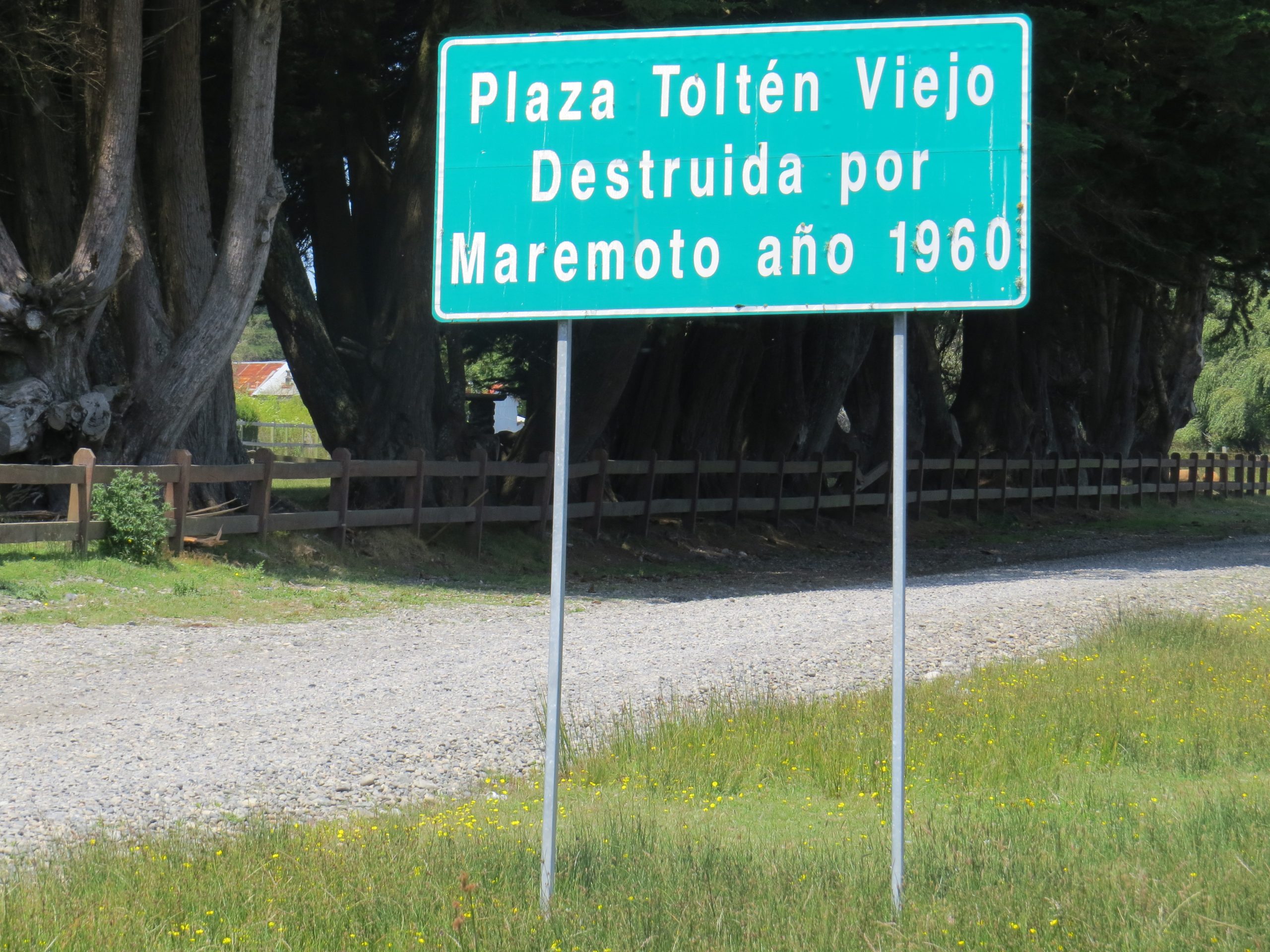Toltén
Toltén in mapudungun means “Trol-Tren”, an onomatopoeic voice that does not have its own root, but evokes the blowing sound of sea waves. Its capital is Nueva Tolten city, built on its current location after the 1960 tsunami, which destroyed the previous city. The city currently stands out for the fishing of “Chinook salmon” in the waters of the majestic Tolten River and because of its rich gastronomy linked to the sea.
The commune of Toltén is located in the south west side of La Araucanía Region, 100 kilometers away from Temuco, in the Province of Cautín. Its population comprehends 11,216 inhabitants (Census 2002) and 63% live in the rural area. Its area of extension is 860.4 km. It is bordered to the north by the commune of Teodoro Schmidt, where is separated by the Toltén River; to the east with the communes of Pitrufquén, Gorbea; to the south with the commune of Mariquina, (Valdivia Province, Los Ríos region); and to the west with the Pacific Ocean. The commune has two populated centers: Nueva Toltén which is the capital and Queule, the most important fishing cove of La Araucanía Region. It also has two small villages: Villa Los Boldos, located at the east side of Nueva Tolten and La Barra, which is a fishermen’s cove located on the left bank of the Toltén River, near where it empties into the sea.
Toltén means in mapudungun Trol-Tren, an onomatopeic voice that does not have its own root, but evokes the sound of blows from the waves of the sea. Its communal capital is the city of Nueva Toltén, built on its current site after the 1960 tsunami, which destroyed the previous city.
The city of Tolten dates from 1866 and was founded by Cornelius Saavedra. During its first years it was depicted by a great dynamism, all together with the large military contingent settled in the commune. Yet later, this group had to move north due to the Pacific War, and then again to fight in the Civil War of 1891, causing great hopelessness among the few inhabitants at the time. In fact, during booming time the superior draft steamboats used to enter through Tolten´s La Barra to carry and bring products to the city. However, the withdrawal of the Army occurred, pushing many inhabitants to migrate to other villages. These events caused a clear decline in population and economic growth.

Queule Wetland
Read more

Toltén River
Read more

Old Toltén
Read more


